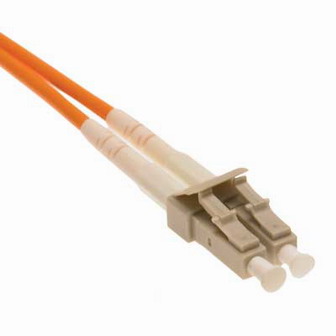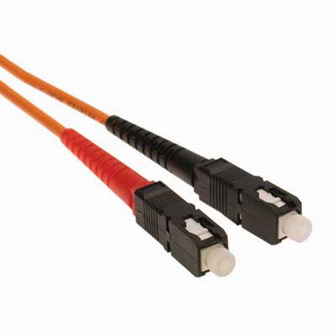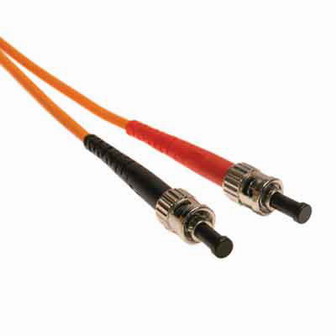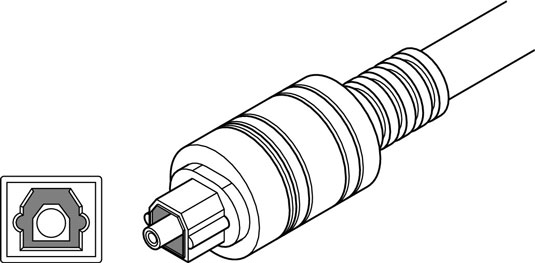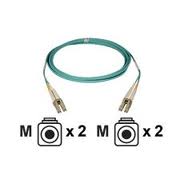Fiber Optic Cables and Fiber Optic Tools
Fiber Optic Cables
Welcome to our selection of fiber optic cables! We offer a wide range of high-quality fiber optic cables for all your networking needs. Whether you need single mode or multi mode fiber, our cables are designed in the USA with Full Testing and Lifetime warranty. We have a Complete line of Fiber including OM1,OM2,OM3,OM4,OM5
Fiber Optic Test Tools
New Fiber Optic Cables
What does OM1, OM2, OM3 and OM4 mean?
There are different types of fiber optic cable. Some types are single-mode, some types are multi-mode. Multi-mode cables can be found in OM1, OM2, OM3 and OM4 types. Each type has different properties.
OM1 cable typically comes with an orange jacket and has a core size of 62.5 micrometers (µm). It can support 10 Gigabit Ethernet at lengths up 33 meters. It is most commonly used for 100 Megabit Ethernet applications.
OM2 also has a suggested jacket color of orange. Its core size is 50µm instead of 62.5µm. It supports 10 Gigabit Ethernet at lengths up to 82 meters but is more commonly used for 1 Gigabit Ethernet applications.
Both OM1 and OM2 work well with LED based equipment that can send hundreds of modes of light down the cable.
OM3 has a suggested jacket color of aqua. Like OM2, its core size is 50µm, but the cable is optimized for laser based equipment that uses fewer modes of light. As a result of this optimization, it is capable of running 10 Gigabit Ethernet at lengths up to 300 meters. Since its inception, production techniques have improved the overall capabilities of OM3 to enable its use with 40 Gigabit and 100 Gigabit Ethernet up to 100 meters. 10 Gigabit Ethernet is its most common use.
OM4 also has a suggested jacket color of aqua. It is a further improvement to OM3. It too uses a 50µm core but it supports 10 Gigabit Ethernet at lengths up 550 meters and it supports 100 Gigabit Ethernet at lengths up to 150 meters.
Multi-mode fiber is typically cost effective for inside buildings or corporate campuses while single-mode is better suited for longer distance runs. Single-mode fiber can transmit over greater distances but typically requires more expensive equipment. Multi-mode is cost effective for installations where the lengths don't exceed a few hundred meters.
